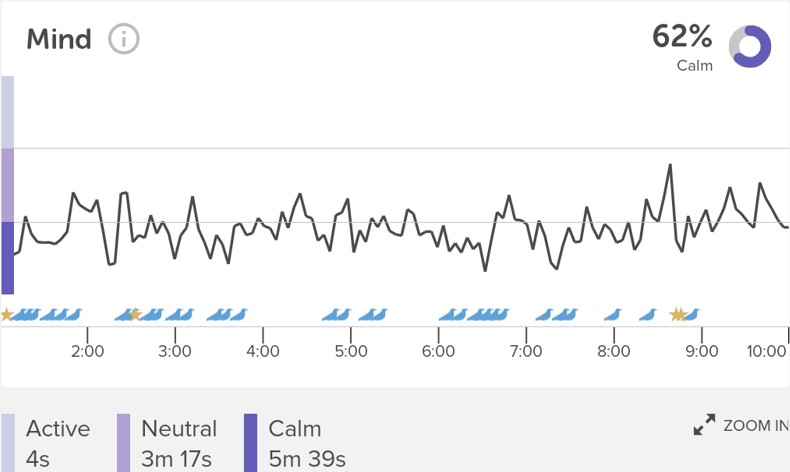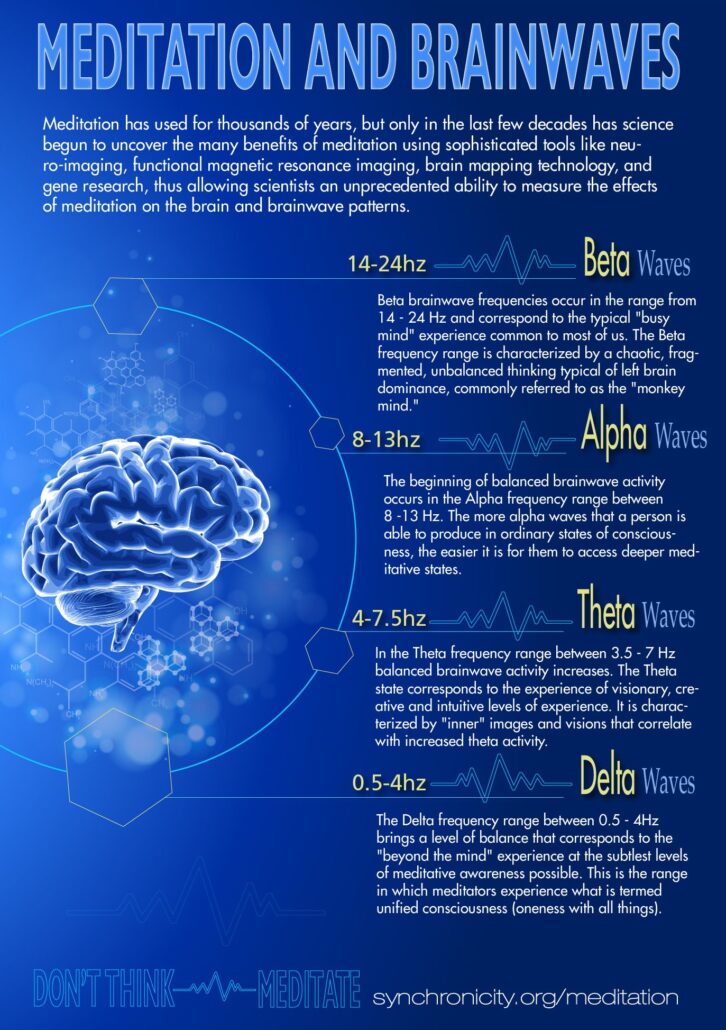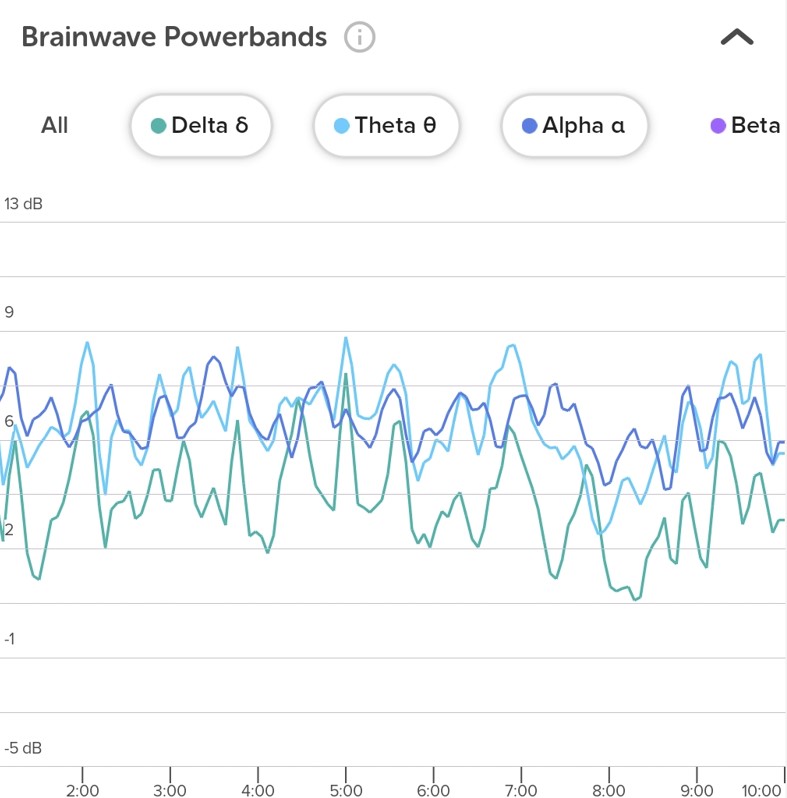


Brainwaves measurement
Monitoring meditation states
The EEG Muse Headband in Meditation and Consciousness Studies
The EEG Muse headband is a neurofeedback device used to support meditation by measuring brainwave activity in real time. It uses electroencephalography (EEG) sensors to detect the electrical patterns generated by the brain, offering users live feedback to help guide their mental state during meditation. While it is often used by individuals for personal well-being, it also holds significant potential in scientific studies of consciousness and meditative states.
In meditation research, Muse provides a reliable, non-invasive tool to observe brain activity during different practices such as focused attention, open monitoring, or mindfulness meditation. It allows researchers to quantify shifts in mental states, track consistency over time, and explore how different practices affect neural activity.
In scientific contexts, Muse can help study how different meditative states correlate with specific EEG patterns, potentially revealing deeper relationships between neural oscillations and states of awareness. It is particularly useful in longitudinal studies of meditation, enabling researchers to track how consistent practice affects brain function over time.
Navigating the Inner Path with Muse
Using the Muse EEG headband is like having a scientific compass on this inward journey. It monitors your brain waves—alpha, theta, and delta—that correspond to each stage of meditation. When you start, alpha waves show your relaxed but alert waking mind. As you deepen, theta waves emerge, indicating a peaceful dreamlike state where you become more of a witness than a controller. At the deepest dreamless stage, delta waves dominate, reflecting profound calm and silent awareness.


“These two graphs above represent the brainwave activity during a ten-minute meditation session, showing Theta, Alpha, and Delta waves. Throughout the session, Theta waves are clearly dominant, with consistently higher amplitude than the others. This indicates that the practitioner has entered the Theta state—a deep meditative level linked to the subconscious mind. In this state, the brain is no longer in ordinary waking consciousness, but instead moves into the subconscious mind, resting in awareness in order to go deeper, which is precisely what this graph reveals (source reference: These measurements are taken from a 10-minute meditation session by the author of this website)
From Control to Witnessing
In the waking state, you have control over your thoughts—you decide what to focus on or let go. Imagine walking down a path where your thoughts, emotions, and desires are the scenery on either side—sometimes distracting, sometimes beautiful. As you move inward, you shift from driving this mental bus to becoming the silent observer, witnessing your mind’s activity without getting caught up in it. This shift is crucial for true meditation—returning your focus constantly to pure awareness, the steady road beneath the passing scenery.
Bringing Subjective Experience and Objective Insight Together
Muse shows you objective, scientific data: where you are in your meditation, how calm your mind is, and when you cross from waking to dream, or from dream to dreamless states. It even tracks your heartbeat’s calmness, reflecting your inner stillness. But while Muse maps your brain’s activity, it can’t detect the pure recognition of awareness itself—the silent observer beyond thoughts. That recognition is yours to discover.
What Muse Can—and Can’t—Tell You
With Muse, you get the best of both worlds: the subjective feeling of meditation and the objective evidence of your brain’s state. This powerful combination helps you understand and deepen your meditation practice like never before.